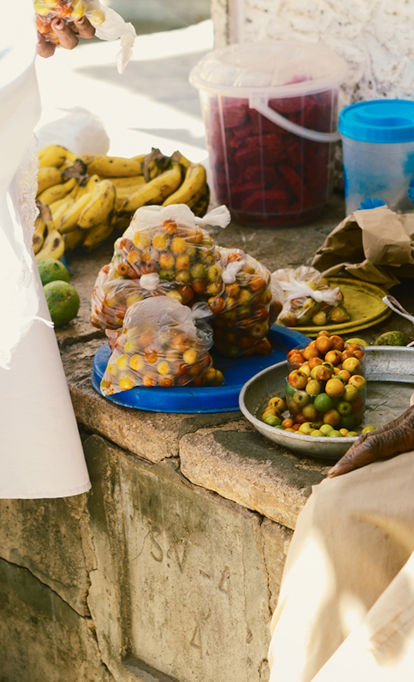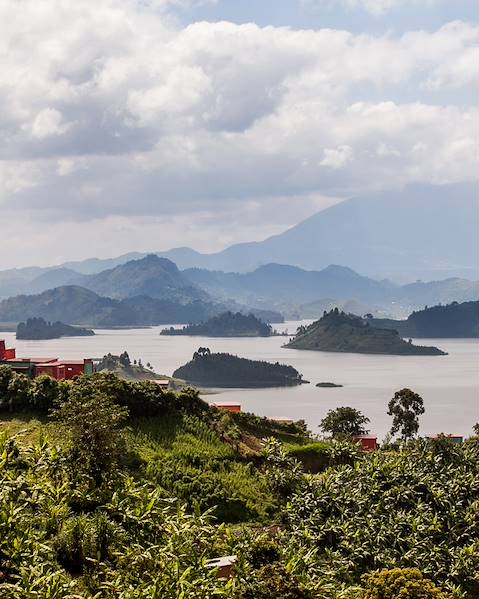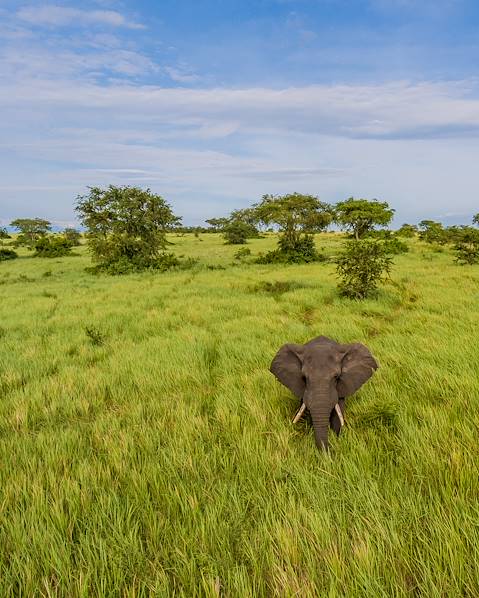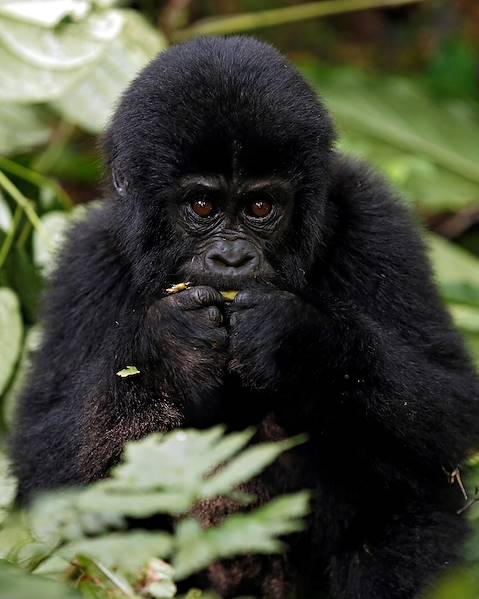Uganda has a climate mostly determined by altitude, with tropical weather year-round. The weather patterns are affected by the winds that sweep in, bearing rain from the Atlantic and Indian Oceans, and dry weather from the northeast. The country enjoys a balmy annual temperature ranging from 24°C to 31°C, which remains fairly consistent without extreme highs or lows. The UV rays from the sun near the equator can be quite dangerous if you are not sufficiently protected, regardless of temperature, so be sure to pack a good hat and some high-SPF sun cream. With that said, some times are better to visit than others, and these are mostly determined by the amount of rainfall. These vary according to the areas of the country you will be visiting, with some parts of the country experiencing multiple ‘rainy seasons’, so consider these tips for the best time to visit Uganda’s various districts.
Gulu
The northern district of Gulu has an average temperature that ranges from 16°C to 29°C. The climate is hot and dry, and the area experiences less than 58 inches of precipitation per year. Most of this takes place from April to October, so if you plan to stay in the north, the best time to visit Uganda is from November to March. The rainy season is caused by the winds from the Democratic Republic of Congo, which alternates with the dry winds from Kenya, South Sudan, and Eritrea on Uganda’s northeastern borders. The hottest period is also the driest, which is quite unusual in a tropical climate; however, as the highest temperatures don’t reach dangerous extremes, this is still the recommended period for travel.
Kampala
The capital city of Kampala enjoys slightly milder temperatures than the rest of Uganda’s southern areas, due to the cool breeze coming off the nearby Lake Victoria. Daytime temperatures in the city range from 27°C to 29°C, and night-time temperatures hover around 17-18°C year-round. The rest of the south enjoys a generally stable climate, with a slightly cooler period from June to September. The two rainy seasons last from March to May and from September to December, resulting from the country’s equatorial location. Thanks to multiple lakes in this region there are lush, thick, equatorial forests and a relatively humid atmosphere. In the Virunga mountains, cloud forests grow on the mountain slopes, nurtured by the atmospheric moisture of clouds rather than precipitation. The best time to visit Uganda’s south is June to early September, or January to April, avoiding the periods of highest humidity and rainfall.
Kabale
Located to the southwest of the Bwindi Impenetrable National Park - a UNESCO World Heritage Site which is home to endangered mountain gorillas – the city of Kabale enjoys average temperatures that range from 10 °C to 23°C. As one of the driest parts of the country, the average rainfall is only 40 inches a year. Still, the only truly ‘dry’ months are June and July. Despite the relatively arid climate, this picturesque city sits in a lush green valley, making Kabale and its surroundings well worth a visit. Although we recommend visiting during the dry season, the lack of dramatic weather variations means that you can really visit any time of year.
Jinja
Located close to the equator, Jinja is a city in south-eastern Uganda with an average annual temperature of 21°C. There is plenty of rainfall even in the driest month, and around 79 inches fall per year. This is popular place to visit year-round and thanks to its location on the northern shores of Lake Victoria, the city enjoys a cool breeze. There are various activities to dive into (hence the city’s nickname as the so-called ‘tourism hub of Africa), from kayaking and sailing to cycling, horse riding, bungee jumping and hiking. If you’re planning a visit, we recommend February and March if you enjoy high temperatures, and January if dry weather is more important to you.

















